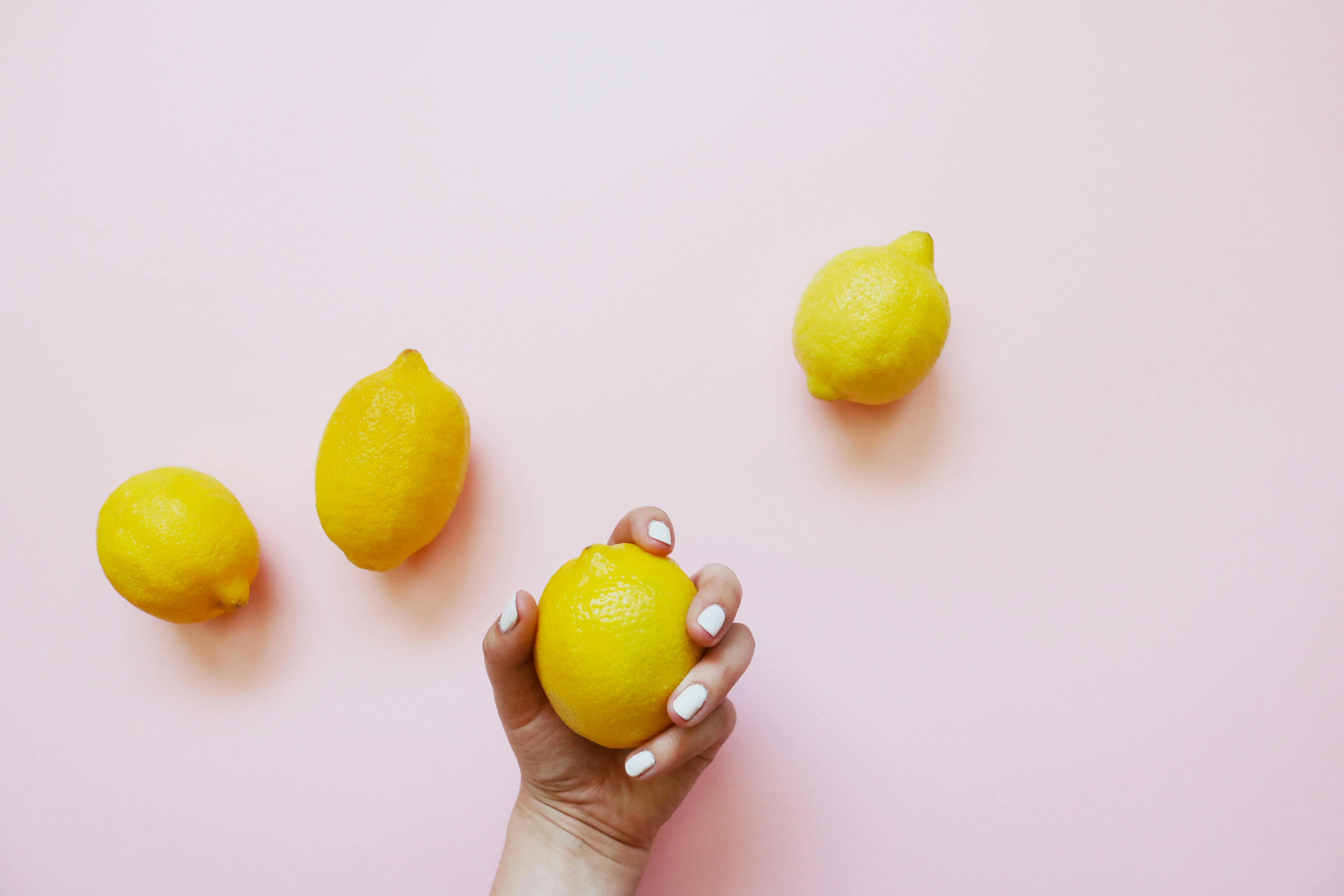If you joined me in the sweeteners edition, we talked about erythritol and why it behaves differently from sugar when you’re baking with it. Now, let's put that knowledge into action!
Lemon Meringue Pie, with its three distinct layers, gives us the perfect test case: you have the buttery crust – no issue at all. Zesty Lemon curd - a sucker for recrystallising. and a crisp meringue topping – that will always give a slightly cool mouth feel.
We talked a little about the cooling effect an erythritol-based sweetener can have if it is not dissolved properly and sometimes a recipe’s method just needs a little tweaking to make it work!
Step 1: The Base
The base is straightforward: almond meal, a bit of Melvia, salt, and melted butter (or grab the Palena Fresh Sweet Biscuit Base to save time). This layer is an easy win—no tricks needed, just melt some butter, Mix it in with the dry mix, press into the dish and bake!
Step 2: The Lemon Curd
Here’s where the method gets fun. Normally, if we were using sugar, we would scorch the juice and whip the sugar and egg together until it’s a pale colour, With an erythritol-based sweetener, if we don’t change up the method a little here, it will recrystallise once it’s been in the fridge. Here’s how to keep it silky smooth:
Ingredients:
- 4 lemons, zested and juiced
- 100g butter
- 4 whole eggs + 1 egg yolk
- 90g Melvia
Method:
- Scorch the Lemon: Warm the lemon juice and zest in a pot until it’s just shy of a simmer. This intensifies the lemon flavour, prevents any bitterness from the zest and allows you to temper the eggs when added in.
- Whisk Like You Mean It: In a separate bowl, whisk the eggs, extra yolk, and Melvia. Whisk and whisk and whisk, almost like you’re trying to make a meringue. You’ll never get this that firm due to the egg yolk, but you’re going to try. If you have a stand mixer, I encourage you to whisk it on high for a good 2-3 minutes.
- Temper the Eggs: Slowly pour the hot lemon mixture into the egg mixture while continuously whisking. This step is tempering your eggs to the heat.
- Heat Low and Slow: Return the mixture to the pot and stir constantly over low heat until it thickens. Pull it off the heat once it reaches the desired consistency. It will be thick enough for this once it starts to leave an empty trail after your spoon as you stir. Pour into your crust, and bake at 140°C for 20 minutes.
Step 3: The Meringue
You can choose to use a powder version of Melvia or the granular, but you won’t get much of a different final result once cooked. Because we are baking the moisture out of the meringue to make it crispy, the outer crunchy bits will always give you a slight cooling effect in the mouth. It’s nothing crazy and barely noticeable, I just know what I'm looking for, but it’s a great way to give an understanding of what the cooling effect is and when it’s going to give you that kind of result - when it can’t be fixed with a method change, it because the moisture to erythritol ratio is off and in a meringue, the moisture is almost non-existent.
To powder the Melvia, just blitz it in a spice grinder for a few seconds.
Ingredients:
- 2 egg whites
- Two tablespoons Melvia (granular)
- Dash of vanilla
- 1 tsp cream of tartar
Method:
- Clean Bowl, Happy Peaks: Start with a clean, dry bowl. Whip egg whites, vanilla, cream of tartar, and Melvia on low speed at first, gradually increasing until you get medium peaks.
- Bake to Finish: Spread the meringue over the pie, raise the oven to 180°C, and bake for 10-12 minutes until the top is golden and crisp.
- Pop it in the fridge for a couple of hours and serve!



Share:
Keto Toasted Coconut Panna Cotta Tart